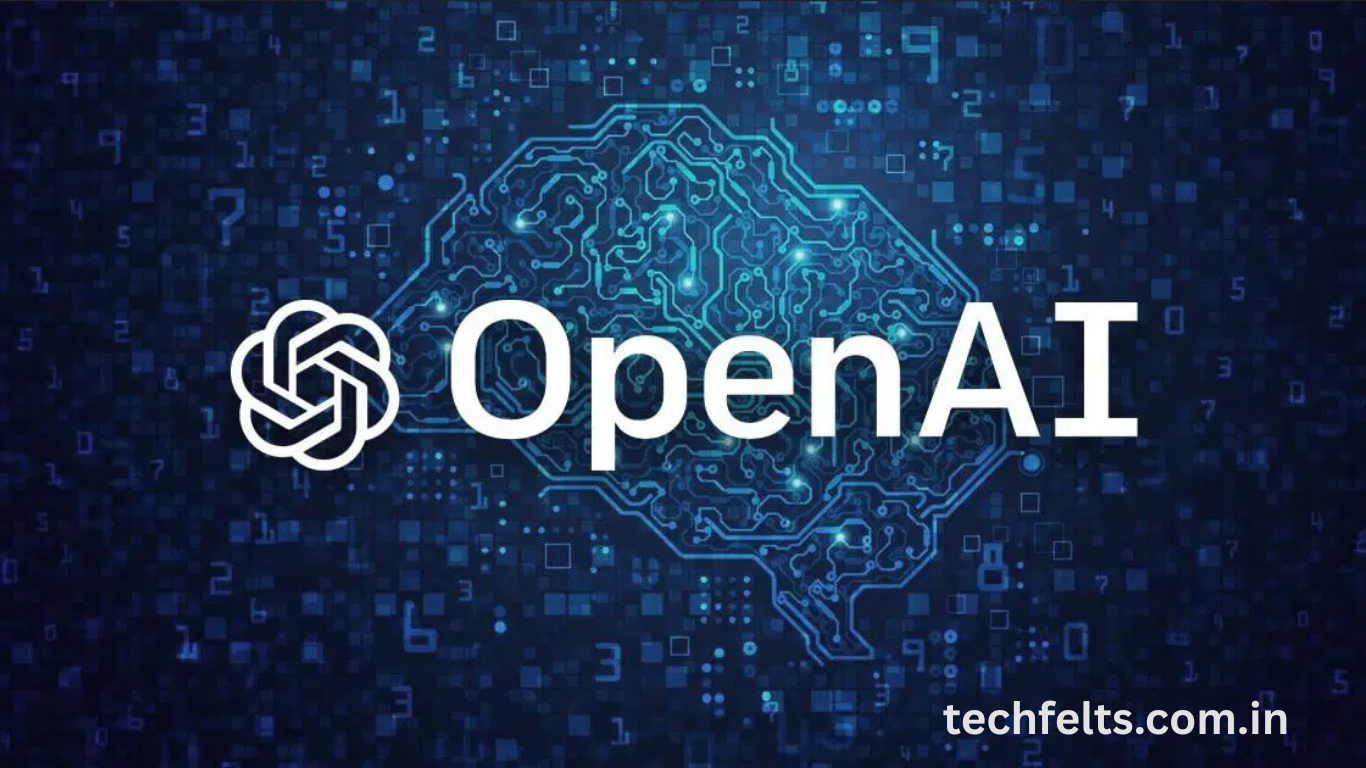The era of voice-first interaction is accelerating, and OpenAI is stepping into the spotlight with its latest innovation a powerful voice assistant driven by its cutting-edge artificial intelligence. After revolutionizing the way people write, search, and create with text-based AI, OpenAI is now rolling out its voice assistant, promising a seamless and natural spoken interaction with AI technology.
This new voice assistant is built to understand and respond with impressive human-like accuracy. It goes beyond basic voice command functionalities, offering real-time conversation, contextual understanding, and a personality-rich tone. The assistant is designed to work across devices and platforms, including smartphones, smart speakers, and desktops, making it a versatile solution for users and developers. Let’s explore what makes this voice assistant a game-changer in the AI space.
What Makes OpenAI’s Voice Assistant Unique
Unlike conventional voice tools, OpenAI’s assistant is deeply conversational and capable of understanding nuance, tone, and intent. It leverages the latest GPT model to deliver more intelligent and more intuitive responses that adapt to context.
Integration Across Multiple Devices and Platforms
OpenAI’s voice assistant is designed for flexibility. It integrates smoothly with mobile apps, smart home devices, and desktop systems, ensuring users can engage with it wherever they are.
Advanced Natural Language Understanding Capabilities
At the core of OpenAI’s assistant lies superior language modeling. It understands complex queries, follows multi-turn conversations, and maintains coherent, context-aware discussions like never before.
Customizability and Personalization Options
Users can personalize the assistant’s voice, tone, and even behavioral patterns. This allows for a more human-like, relatable interaction tailored to individual preferences or business needs.
Read More : 5 Best Video Editing Software for Mac in 2024
Privacy and Ethical Considerations
OpenAI emphasizes secure data handling with strong privacy protocols and opt-in features. Users retain control over voice data, ensuring ethical deployment and transparent use.
Potential Impact on Daily Life and Workflows
This assistant enhances productivity and convenience, from managing schedules to answering questions or controlling smart homes. Businesses can also integrate it to streamline customer support and internal operations.
Frequently Asked Questions
What is OpenAI’s voice assistant?
It’s a conversational AI that allows users to interact with GPT-based technology using voice, offering real-time, intelligent responses.
How is it different from Siri or Alexa?
OpenAI’s assistant is powered by GPT, which offers deeper contextual understanding and a more natural conversation flow.
What platforms support the assistant?
It is compatible with mobile apps, smart home devices, and desktops, with more integrations expected over time.
Is the voice assistant customizable?
Yes, users can choose voices, adjust tone, and personalize interactions based on their preferences or use cases.
How does it handle privacy?
OpenAI prioritizes privacy with strong encryption and user control over data sharing and retention.
Can it support multiple languages?
Yes, the assistant supports multiple languages and is expanding its capabilities for broader global usage.
Is it available to the public now?
The rollout is gradual, starting with select users and expanding over time with feedback and improvements.
Will it replace traditional text-based GPT?
No, it complements existing tools, offering an alternative mode of interaction for hands-free or real-time communication.
Conclusion
OpenAI’s voice assistant marks a significant milestone in AI-driven interaction, blending natural language understanding with user-friendly features. As its rollout continues, this innovation is set to transform how we communicate with machines. Stay tuned and explore how voice AI can enhance your daily life and work.

